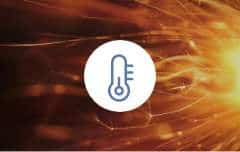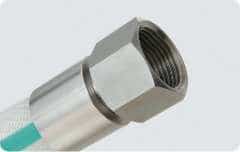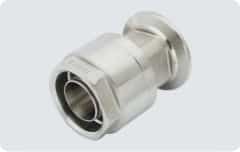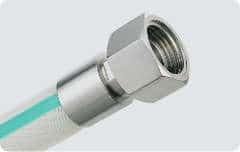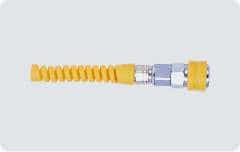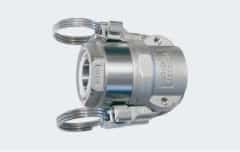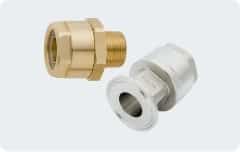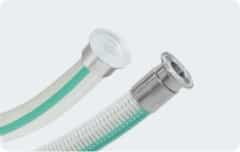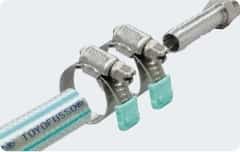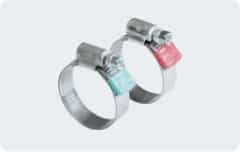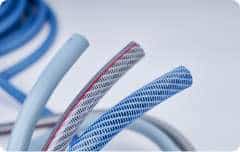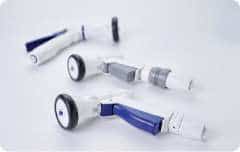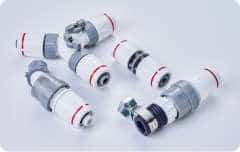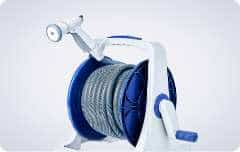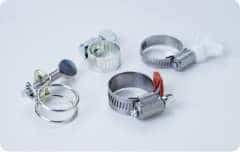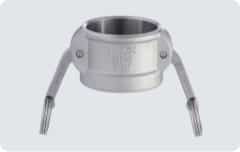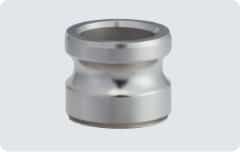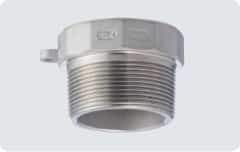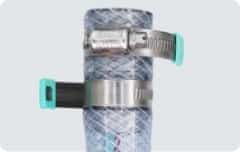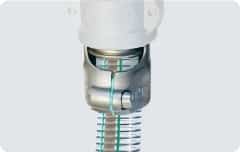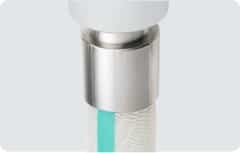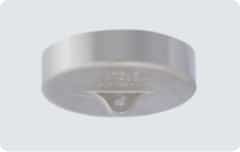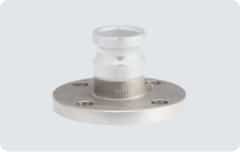FAQ
FAQ


FAQ
hose
View all- Q1 Is it possible to purchase hoses in shorter lengths than listed, and if so, is there a minimum length? Also, how does the pricing work for that? Service
-
A.
Many of our dealers will cut hoses to the desired length. Please consult with your local dealer for available sizes and pricing.
- Q2 Is it possible to buy hoses in longer lengths than listed? Specification
-
A.
Yes, depending on lead times and quantities, we do our best to provide custom lengths. Please note that prices may differ. Consult with your local dealer for details.
- Q3 While the weather was hot, a previously transparent hose turned cloudy white. Is it no longer usable? Function and performance
-
A.
Assuming the cause is devitrification (water absorption), it can be used without any problems. Such clouding is likely to occur to oil-resistant PVC hoses during the hot and humid months.
- Q4 Can natural gas, liquefied petroleum (propane) gas and other flammable gases be run through Toyox soft PVC hoses? Fluid
-
A.
Toyox hoses should not be used for flammable gases. Doing so may result in fires and extensive burning.
- Q5 It says that the TOYOSILICONE Hose is heat resistance. Is it fire resistance (flame retardant) as well? Function and performance
-
A.
No. It is neither fire resistance nor flame retardant.
coupling
View all- Q1 What is the difference between the male coupling and pipe thread coupling on the caulking bracket? Specification
-
A.
Male coupling is for sanitary use. It is not compatible with pipe thread.
- Q2 Do the HF, HM, HC and HNT coupling models come with gaskets? Specification
-
A.
The HC model comes with a gasket, but the other couplings do not and must be provided for separately. Toyox does not sell gaskets separately. TOYOX provides KAMLOK gaskets separately, but not other coupling packings.
- Q3 Can a TOYOCONNECTOR be attached and removed multiple times? Specification
-
A.
The TOYOCONNECTOR Series can be reused except for the all-resin type (TC3-PC). Be sure to replace the sleeve (or rubber cap depending on the product) when reusing. Also, note that it is not designed to be frequently attached or detached as in the case of disassembly cleaning.
- Q4 What are the differences between TOYOCONNECTORS and crimped products? Specification
-
A.
TOYOCONNECTORS adjust the length of the hose on-site Fittings can be attached by tightening a cap nut with a wrench. (Check the type of TOYOCONNECTOR and which hoses are compatible) Hose assemblies are specified by hose size, length, couplings, and are assembled by the manufacturer. (Check compatible hose and fitting types) Both are dedicated fittings for TOYOX hoses. *Crimping product fittings are not for individual sale.
- Q5 Are the TOYOX couplings compatible with RoHS2? (Other than KAMLOK) Laws and regulations
-
A.
All couplings are compatible with RoHS2 except HIT fitting (with rotation fitting female spring). Survey reports are available if necessary. Necessary survey reports can be downloaded by registering as a member. Feel free to use them as needed.
kamlok
View all- Q1 Can a 1/2″ coupler be connected to a 3/4″ adapter? Connection
-
A.
Yes, it can. The fitting areas of the 1/2″ coupler and 3/4″ adapter are the same size. Likewise, a 3/4″ coupler can be connected to a 1/2″ adapter.
- Q2 Is the KAMLOK compatible with lever type coupling made by other companies? Connection
-
A.
MIL standard lever type couplings and KAMLOK are compatible. However, the gasket specifications are different between companies. Our warranty only covers fittings and gaskets of the same manufacturer. Make sure that the size and material are the same.
- Q3 Are there any products such as lids to prevent foreign matter from entering into the KAMLOK couplings? Model lineup
-
A.
For each material, the Dust Cap 634-B is available for couplers and the Plug Cap 634-A for adapters. However, they cannot be used in applications where pressure is applied or to prevent leakage. It is only for protection from dust and foreign matter.
- Q4 What kind of coupling is KAMLOK? Specification
-
A.
KAMLOK is a coupling composed of male (adapter) and female (coupler) that can be easily attached and detached by tightening or loosening the lever (arm). KAMLOK is available in types that connect to hoses, devices, equipment and piping materials. Also, aluminum alloy, stainless steel, bronze and polypropylene (PP) types are available to meet various applications, fluids and usage conditions.
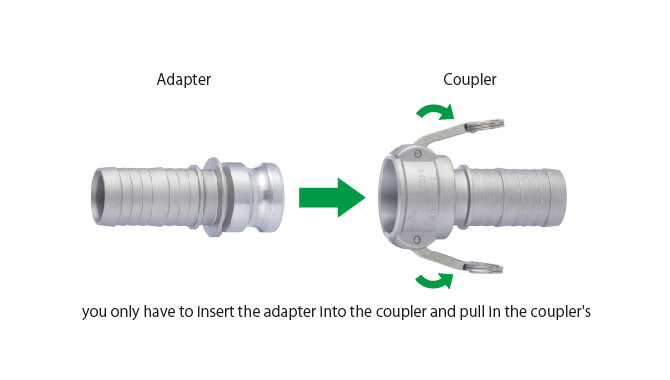
- Q5 Is it okay to connect two KAMLOK made of different materials? For example, is it safe to connect an aluminum KAMLOK with a stainless steel one? Connection
-
A.
Connect with KAMLOK of the same material. Problems may occur due to electrical corrosion or wear.
hose clamp
View all- Q1 Are the TOYOX hose bands compatible with RoHS2? Laws and regulations
-
A.
All hose bands are RoHS2 compatible. Certificates are available if necessary. Necessary survey reports can be downloaded by registering as a member. Feel free to use them as needed.
- Q2 Do you separately sell safety caps for safety bands? Can it be attached to the band edge of other companies’ hose bands? Part
-
A.
Safety caps for safety bands are not sold separately. In addition, you cannot attach a safety cap to the tip of another manufacturer’s hose band. In addition, do not use the product once the safety cap has been removed.
- Q3 What is the maximum tightening torque in the safety band specification table? Is there data on the optimal torque when tightening the hose? Specification
-
A.
The maximum tightening torque in the band specification table is guaranteed by the manufacturer. Exceeding it may cause damage or the band tightening function to deteriorate. There is no proper torque value. There are many hose hardnesses, wall thicknesses and coupling types. Setting up is difficult as it depends on which part of the barb to be attached. To solve such issues, we offer special couplings for tightening cap nuts called TOYOCONNECTOR that do not require torque management.
- Q4 When attaching a hose to a nipple with a clamp, where should the clamp be placed? How to use
-
A.
To securely connect the parts, fasten the clamp in the middle of the peak of the barb, above the depression. Do not fasten it immediately below the hexagonal area of the nipple. We recommend using two clamps if the hose size is greater than 1″ (25mm).






